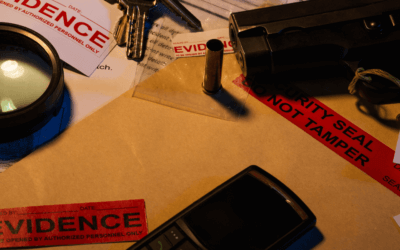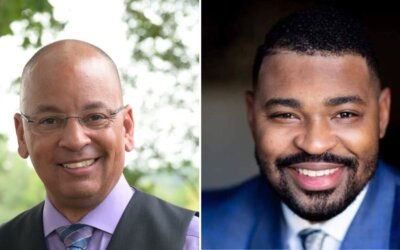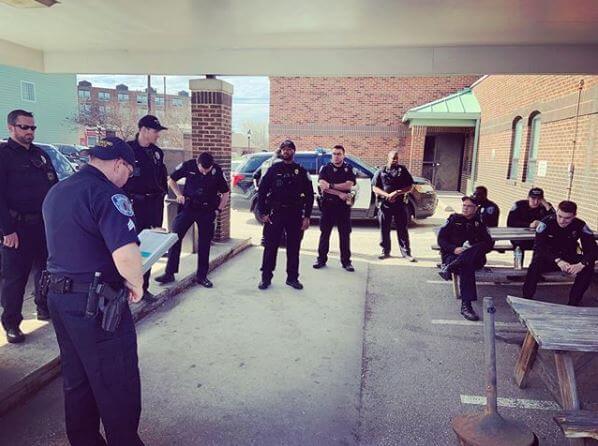
Richmond and Charlottesville Police Chiefs explain how they operate during the coronavirus pandemic
As the novel coronavirus pandemic continues to spread throughout Virginia, two local police chiefs say they’ve had to change everything they do in order to maintain the law and keep their staff safe.
Typical police work often falls in direct opposition to expert guidelines on how to prevent infection. As police officers go about their daily patrols, they must interact with the community and often share close quarters in police vehicles and precincts. In large, hard-hit cities like New York, one in six officers is out sick, according to reports.
Local police precincts here in Virginia have reported low numbers of coronavirus cases within their ranks so far, with places like Lynchburg and Richmond reporting cases in the single digits. That might be due to the efforts the force has taken to reduce infection.
“Police officers can’t do their jobs from home,” said Chief William Smith of the Richmond Police Department in an interview with Dogwood. “But we’ve altered basically every single daily activity of the department so we can keep our exposure down.”
Smith explained that everything from officer’s schedules to how detectives take statements have changed since the beginning of the pandemic. Even simple things like roll call and briefings look very different.
“We’re doing those outdoors with a limited number of people in attendance and we’re relying much more on the chain of command and small group meetings [to get information out,]” he said.

He also said they’ve established a rolling schedule for people working in the same department. That way, if there is an exposure and the department needs to quarantine, it won’t affect the whole group.
Charlottesville Chief of Police Dr. RaShall Brackney has been making similar changes to her department as well.
“We’re doing a lot of online reporting and using video messaging and social media messaging to connect with the public,” she said. “When it comes to traffic stops we’re taking the opportunity to only stop individuals for very serious violations and using things like taking a picture of a driver’s license instead of touching it.”
There are some situations, however, Smith explained that COVID protocols need to take a backseat.
“I’m going to put it kind of bluntly,” he said. “The fact is that if a person is immediately dangerous, how we engage with them is going to be more important than our COVID protocol. Once the situation is secure, then we can follow COVID protocols.”

The pandemic has created an extra layer of anxiety for police officers. Beyond the usual concern of staying safe on the job, there is the added worry of getting sick or transmitting the virus to colleagues or family members. And as Chief Brackney explained, a lot of the ways her officers typically deal with stress aren’t options now.
“This has created a really interesting shift, typically, of course we are responding to stressful situations as officers but we can focus on exercise, getting enough rest and supporting mental health [to deal with stressful situations,]” Brackney said. “So now there are a lot of things they can’t necessarily do.”
In response, Brackeney’s department is making an effort to support her officers in ways they can. The Charlottesville Police Department has partnered with organizations so that officers have quick, healthy meals. The department has also increased their contracts with mental health professionals and made arrangements to help with childcare as needed.
Both departments have also made arrangements to house officers who need to be quarantined away from loved ones at local hotels.
The chiefs both had similar messages to share with the public: stay home.
“You need your first responders, your police, your fire, your mental health professionals as well as your healthcare professionals to be in place. This is not the time to be selfish and to think that you are the exception to the rule,” Brackney said.
“Stay at home, only go out for essentials, continuing to wash your hands and continue social distancing but not necessarily being distanced from one another.”
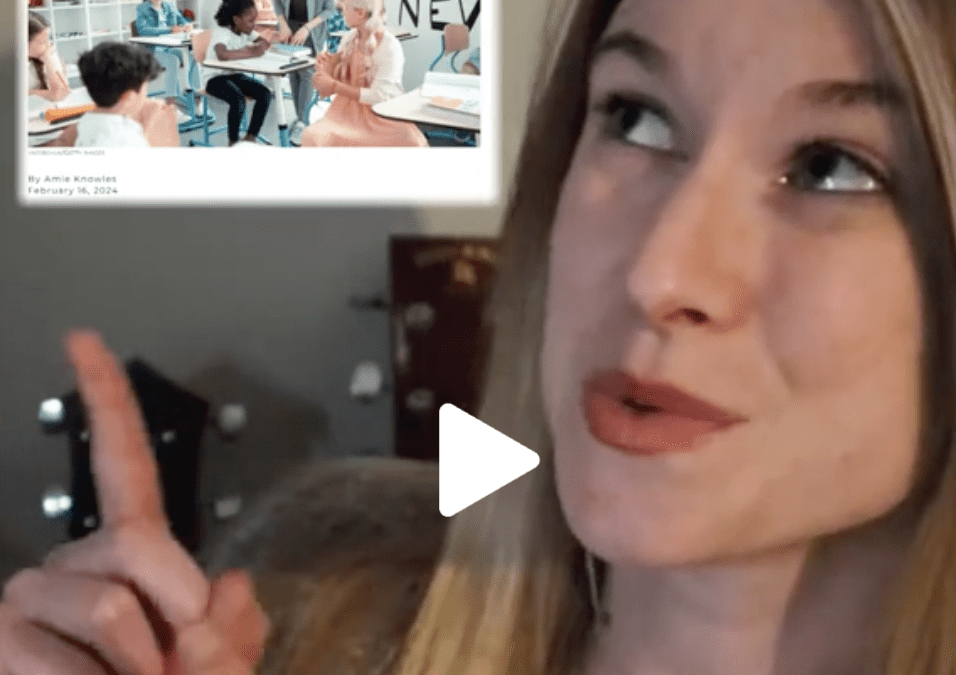
VIDEO: Your support matters!
Your support matters! Donate today. @vadogwoodnews Your support matters! Visit our link in bio to donate today. #virginianews #virginia #community...
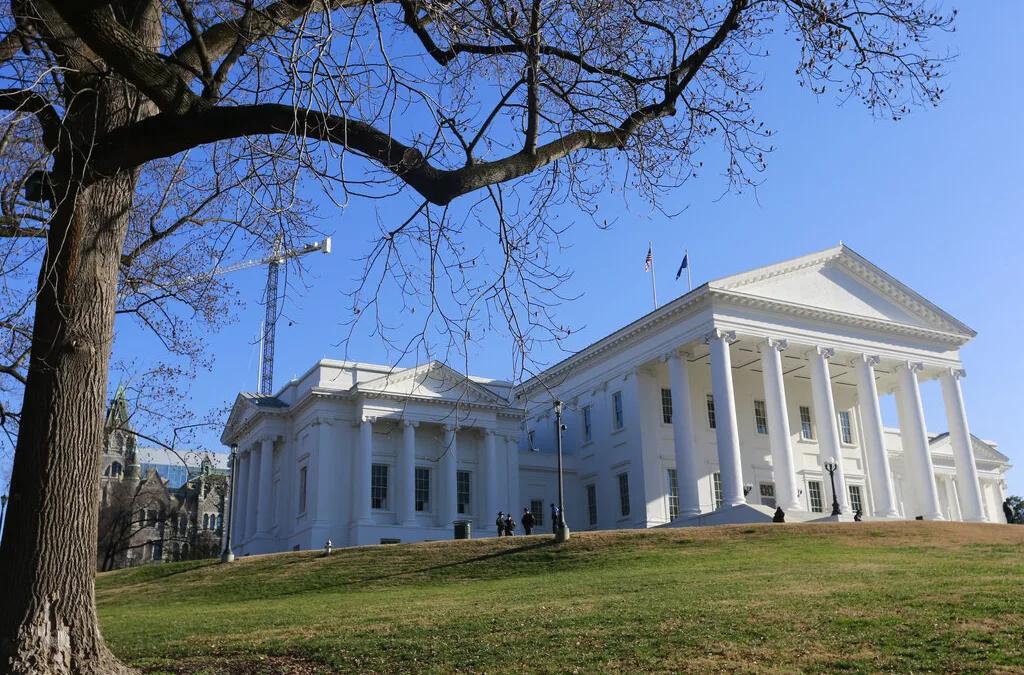
Op-Ed: Virginia’s new Democratic majorities pass key bills to improve your lives, but will Youngkin sign them?
The 2024 Virginia General Assembly regular session has wrapped up. It was a peculiar session from the outset, with Democratic majorities in the...
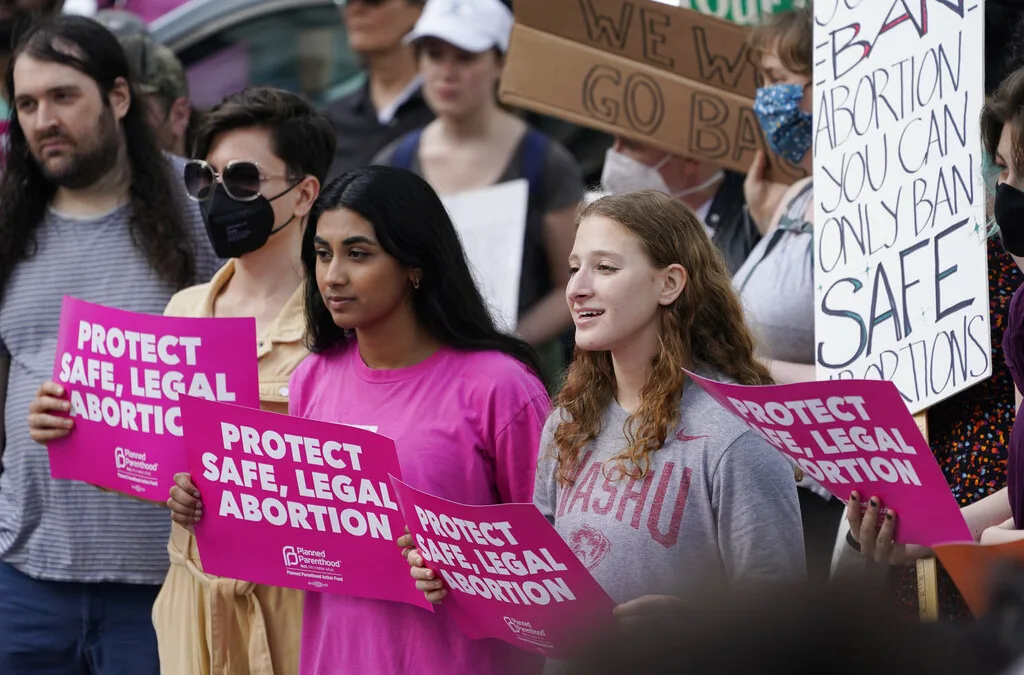
Op-Ed: Why Virginia Needs A Constitutional Amendment Protecting Reproductive Freedom
Virginia’s recent election season in 2023 drew in eyes from all over the country. Reproductive freedom was on the line and Virginia remained the...
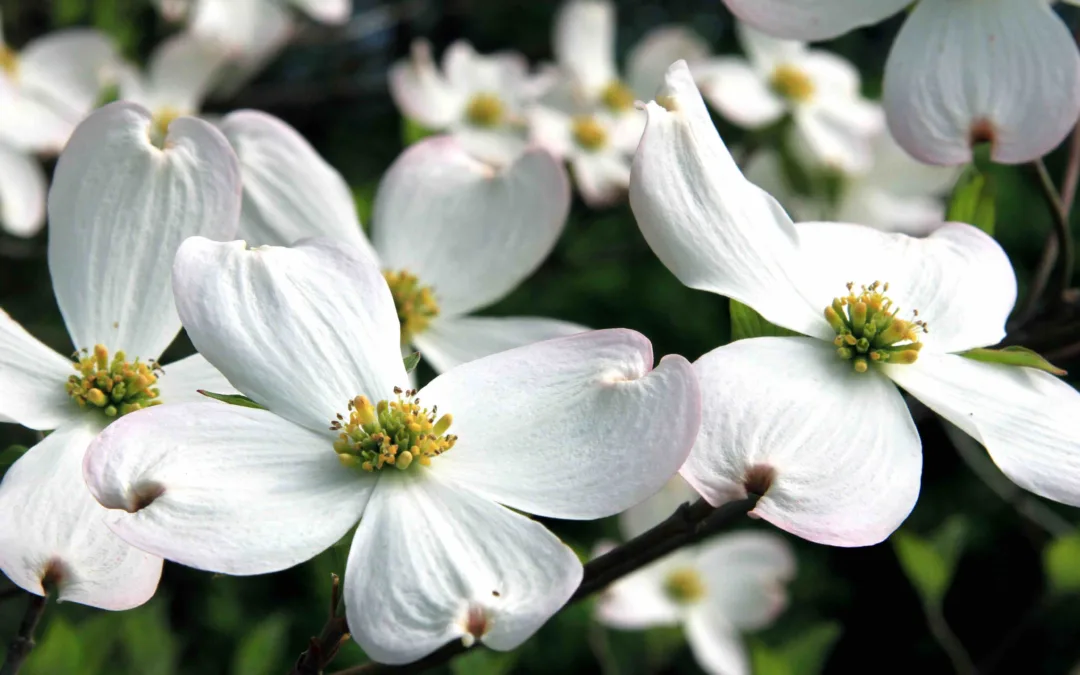
From the state rock to the state flower, here’s how Virginia got its symbols
Have you ever wondered why the Dogwood is the state flower? Or how the cardinal became the state bird? We’re here to answer those questions and more...

VIDEO: Second-gentleman Douglas Emhoff gives speech on reproductive freedom
Second gentleman, Douglas Emhoff touched on reproductive freedom not only being a woman's issue but "an everyone's issue" during the Biden-Harris...
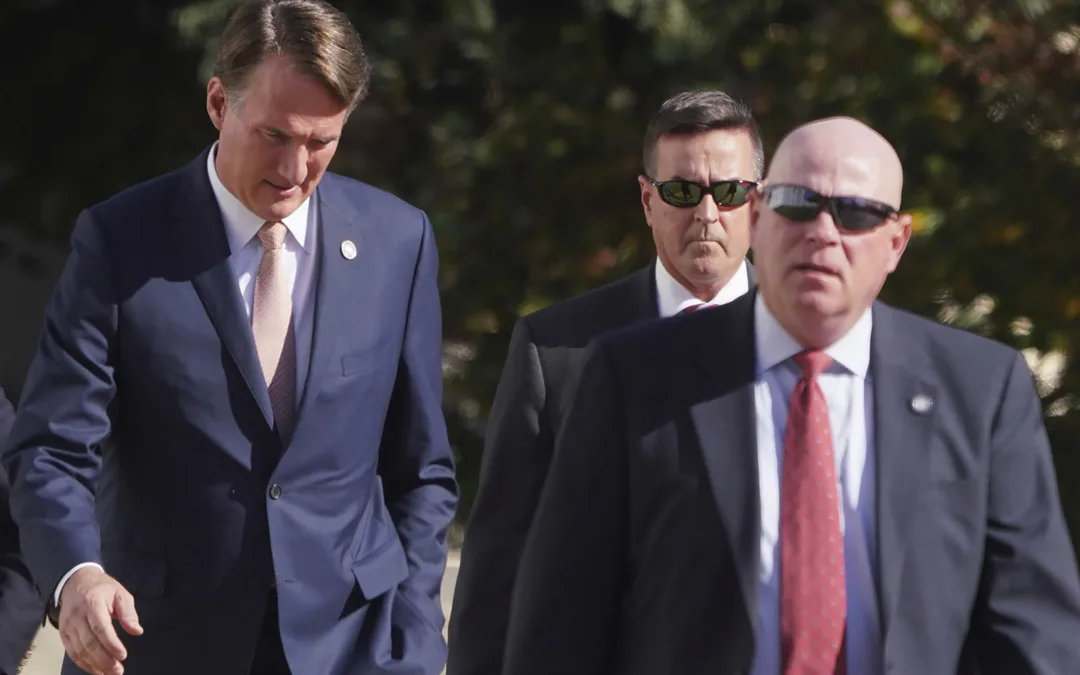
Glenn Youngkin and the terrible, horrible, no good, very bad night
Election Day 2023 has come and gone, and while there are votes to be counted, one thing is perfectly clear: Virginians unequivocally rejected Gov....


